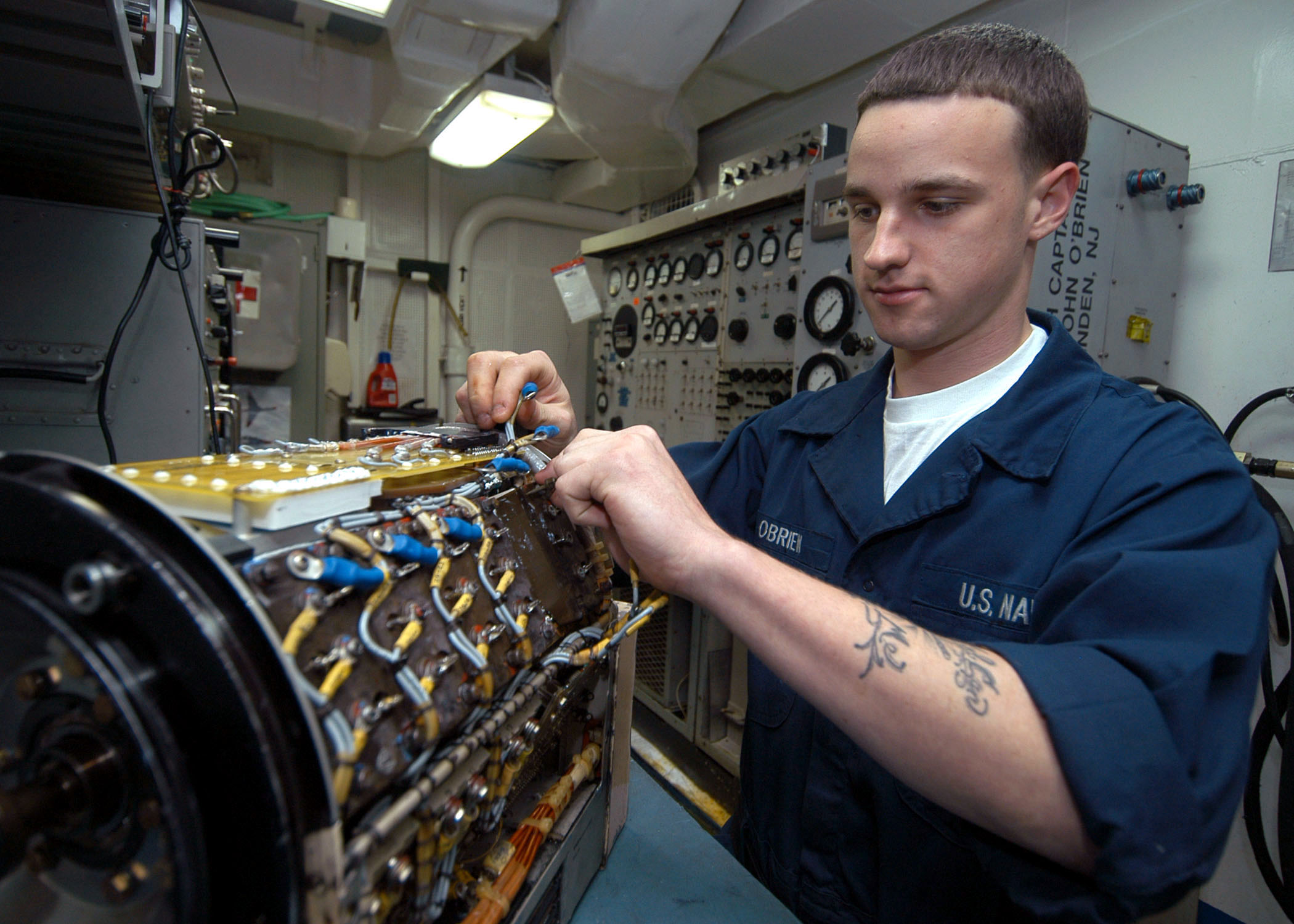In an era where sustainability is becoming a paramount concern, the textile recycling industry is gaining significant attention. Textile recyclers play a crucial role in mitigating the environmental impact of the fashion industry, which is notorious for its wastefulness. By repurposing and recycling old garments, these organizations help reduce landfill waste, conserve resources, and promote a circular economy. This article delves into the importance of textile recyclers and how they contribute to a more sustainable future.
The fashion industry is one of the largest polluters in the world. Every year, millions of tons of clothing are discarded, contributing to overflowing landfills and significant greenhouse gas emissions. The linear model of “take, make, dispose” has dominated the industry for decades, leading to a culture of fast fashion that encourages consumers to buy more and discard quickly. In contrast, textile recyclers are championing a shift towards a circular economy, where materials are reused, repurposed, and recycled.
Textile recycling involves the process of recovering and processing old textiles to create new products. This can include anything from turning worn-out clothing into insulation material to creating new fabric from recycled fibers. The work of textile recyclers is essential in this process, as they collect discarded textiles, sort them, and determine the best method for recycling. This not only diverts waste from landfills but also reduces the demand for virgin materials, which are often resource-intensive to produce.
One of the significant benefits of textile recycling is its positive impact on the environment. Recycling textiles can significantly reduce water usage, energy consumption, and carbon emissions associated with the production of new clothing. For instance, it takes approximately 2,700 liters of water to produce a single cotton t-shirt. By recycling old textiles, we can conserve these precious resources and minimize our ecological footprint.
Moreover, textile recyclers often collaborate with various stakeholders, including manufacturers, retailers, and consumers, to promote sustainable practices. They provide education on the importance of recycling and how individuals can contribute to the cause. Many organizations also offer drop-off locations for unwanted clothing, making it easier for consumers to participate in textile recycling initiatives. By raising awareness and providing accessible solutions, textile recyclers are fostering a culture of sustainability within the community.
In addition to environmental benefits, the textile recycling industry also has economic advantages. It creates jobs and stimulates local economies. As the demand for sustainable products grows, so does the need for skilled workers in the recycling sector. This trend not only helps to address unemployment but also supports the development of green jobs, which are becoming increasingly important in today’s economy.
Despite the many benefits, the textile recycling industry faces challenges. One of the primary obstacles is the contamination of recyclable materials. Many textiles are blended with synthetic fibers, which can complicate the recycling process. Additionally, consumer awareness and participation in recycling programs can be inconsistent. To overcome these challenges, it is essential for textile recyclers to continue to innovate and educate the public on best practices for recycling.
As consumers become more aware of the environmental impact of their choices, the demand for recycled textiles is likely to grow. This shift presents a unique opportunity for the textile recycling industry to expand and evolve. By investing in new technologies and processes, textile recyclers can improve the efficiency and effectiveness of recycling efforts, ultimately contributing to a more sustainable fashion industry.
In conclusion, textile recyclers are vital players in the movement towards sustainable fashion. They help reduce waste, conserve resources, and foster a circular economy that benefits both the environment and the economy. By supporting these initiatives and participating in recycling programs, consumers can play an active role in promoting sustainability. Together, we can work towards a future where fashion is not only stylish but also environmentally responsible.




